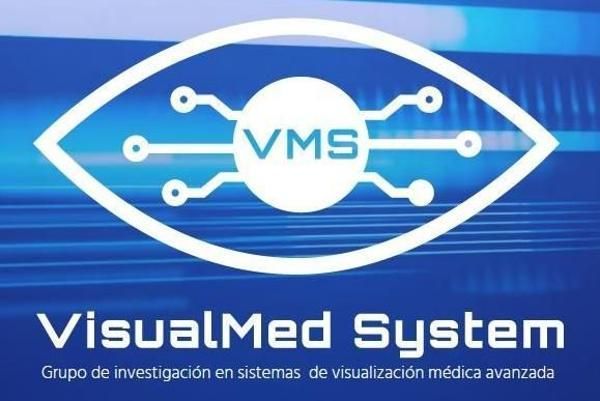GRUPO DE VISUALIZACIÓN MÉDICA AVANZADA


Hospital Universitario de Salamanca
Salamanca, EspañaPublicacións en colaboración con investigadores/as de Hospital Universitario de Salamanca (308)
2024
-
Application of Digital Video-Capillaroscopy in Clinical Practice and Teaching
Lecture Notes in Educational Technology (Springer Science and Business Media Deutschland GmbH), pp. 203-212
-
Biological mesh in chest wall reconstruction: state-of-the-art and our institutional experience
Shanghai Chest, Vol. 8
-
Epidemiology, use, and practice of the intraosseous route in an out-of-hospital emergency department: a retrospective cross-sectional study
Frontiers in Public Health, Vol. 12
-
Impact of Robot-Assisted Surgery and 3D Vision Systems with Virtual Reality on Medical Training
Lecture Notes in Educational Technology (Springer Science and Business Media Deutschland GmbH), pp. 223-231
-
Operative outcomes and middle-term survival of robotic-assisted lung resection for clinical stage IA lung cancer compared with video-assisted thoracoscopic surgery
Cirugia Espanola, Vol. 102, Núm. 2, pp. 90-98
-
Pulsed Electric Field (PEF) treatment of progressive non-small cell lung cancer concurrently treated with immune checkpoint blockade: A case report
Respiratory Medicine Case Reports, Vol. 49
-
Robotic segmentectomy for pulmonary sequestration complicated with aspergilloma
Cirugia Espanola, Vol. 102, Núm. 4, pp. 233-235
-
Sternal resection and reconstruction: a review
Journal of Thoracic Disease, Vol. 16, Núm. 1, pp. 708-721
-
Updating the Anatomical Understanding of Carpal Tunnel Using State-of-the-Art Imaging Techniques
Lecture Notes in Educational Technology (Springer Science and Business Media Deutschland GmbH), pp. 261-270
-
Utility of virtual reality in medical training: Clinical management of a patient with knee monoarthritis
Reumatologia Clinica
2023
-
A Risk Model to Predict the Delivery of Adjuvant Chemotherapy Following Lung Resection in Patients With Pathologically Positive Lymph Nodes
Seminars in Thoracic and Cardiovascular Surgery, Vol. 35, Núm. 2, pp. 387-398
-
Assessment of Feasibility and Prognostic Value of Sentinel Lymph Node Identification by Near-Infrared Fluorescence in Non-Small Cell Lung Cancer in Patients Undergoing Robotic Anatomic Lung Resections
Open Respiratory Archives, Vol. 5, Núm. 4
-
Autologous mesenchymal stromal cells embedded with Tissucol Duo® for prevention of air leak after anatomical lung resection: results of a prospective phase I/II clinical trial with long-term follow-up
Stem Cell Research and Therapy, Vol. 14, Núm. 1
-
Development and validation of an educational software based in artificial neural networks for training in radiology (JORCAD) through an interactive learning activity
Heliyon, Vol. 9, Núm. 4
-
European Society of Thoracic Surgeons expert consensus recommendations on technical standards of segmentectomy for primary lung cancer
European journal of cardio-thoracic surgery : official journal of the European Association for Cardio-thoracic Surgery, Vol. 63, Núm. 6
-
Failure to rescue following anatomical lung resection. Analysis of a prospective nationwide database
Frontiers in Surgery, Vol. 10
-
Long-Term Results of a Phase I/II Clinical Trial of Autologous Mesenchymal Stem Cell Therapy for Femoral Head Osteonecrosis
Journal of Clinical Medicine, Vol. 12, Núm. 6
-
Predictive factors of prolonged postoperative length of stay after anatomic pulmonary resection
Cirugia Espanola, Vol. 101, Núm. 1, pp. 43-50
-
Results in mediastinal lymph node staging of surgical lung cancer: Data from the prospective cohort of the Spanish Video-Assisted Thoracic Surgery Group
Cirugia Espanola, Vol. 101, Núm. 6, pp. 408-416
-
Robotic-Assisted Thoracoscopic Anatomical Lung Resection Improves Cardiopulmonary Outcomes in Patients With Body Mass Index ≥ 25 kg/m2: A Propensity Score Matching Analysis
Archivos de Bronconeumologia, Vol. 59, Núm. 11, pp. 779-781